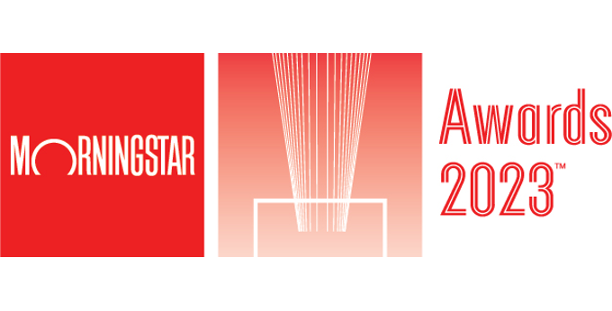
Let’s learn about the fund a little bit through our short interview with the winner.
How was the portfolio positioned to navigate the market volatility in 2022?
Fixed income markets globally had faced outflows and volatility throughout 2022, as we had expected during the period of interest rate normalization. Our investment strategy therefore reflected our slightly bearish view of the market. While we underweighted duration for most of the year, we also tactically increased exposure in long-dated securities when yields spiked to profit from periods of market volatility. In addition, we raised the portfolio’s allocation to good quality corporate bonds to enhance returns and provide cushion from market volatility.
What are the strengths of your investment team that make the fund successful?
At KSAM, we employ team-based approach in managing our funds to extract the best quality from every member of the team.
Based on our core belief that the Thai market is not entirely efficient, our “active management” style is our key to achieving superior returns. To do so, fund managers must primarily be acquainted with all aspects and details of companies in which we invest. We use “bottom-up approach” which involves rigid visit schedules for all companies in our investment universe. This has been proven to help reduce credit risks during the pandemic and other unforeseeable events. We also seek to add value via the use of “top-down” approach where all members of fixed income team will take part in identifying key drivers and key risks facing the market from both qualitative and quantitative aspects. We believe this process encourages rigorous debate of diverse opinions, leading to more robust conclusions.
Through these approaches, we determine our investment outlook for the next 3-12 months in order to develop master strategies that serve as a guideline for all portfolios. This is how “Integrated Fixed Income Investment Strategies” are constructed and defined by the Investment Committee. We then employ active duration and yield curve management strategy to seek the best possible return in each market situation. This helps reduce unnecessary trades/transactions and allows us deliver superior performances over benchmarks and peers.
What is your view on current and the outlook of interest rate level? How does that tie into how your portfolio is positioned?
We think this year will be another challenging and volatile year for bond market as we are still in the period of rising interest rates and elevated inflation. The peak level of policy rates in the US remains uncertain, with the market and the Fed still holding divergent views. In addition, the latest FOMC statement still provide no indication of future rate cuts against market views for rate cuts within 2023. These factors will continue to weigh on fixed income market globally, especially during the first half of the year.
For Thailand, as long as inflation remains around the upper bound of the Bank of Thailand’s target of 3%, we believe the MPC will continue with their interest rate normalization process by gradually raising policy rates to the range of 1.75%-2.25% by the end of this year. This depends on the path of economic recovery which relies on the recovery in tourism and private consumption to offset the decline in exports due to the slowdown in developed market economy.
Therefore, we remain focused on portfolio management to minimize the impact of rising interest rates while waiting for the sign of peaking in US rates which should be more evident by the second half of the year. In addition, we continue to look out for short-term trading opportunities during periods of market volatility via active duration strategy which could generate extra return from market volatility throughout the year.
Where do you feel that the investment team or the investment process can be improved upon in the future?
We think foreign fund flows have increasingly been an influential force driving local bond market performance especially as we go from ultra-low interest rates to higher interest rates environment. As such, we think it will be beneficial for our fund managers to be exposed to broader views of global fixed income managers. To this end, we plan to participate more in global investment seminars to better understand their investment considerations and how these may impact our own market and investment strategy.
How would you recommend to investors who interested in RMF fixed income fund?
We think over the past three years in which we went through extreme market conditions brought about by the Covid-19 pandemic, investors would have realized that investment in RMF fixed income fund over a long investment horizon is able to generate decent returns with relatively low risks and minimal trading. The key is to choose a fund that matches the investor’s risk appetite and hold it for an appropriate amount of time to earn a favorable risk-adjusted return for their retirement.






:quality(80)/cloudfront-us-east-1.images.arcpublishing.com/morningstar/4JOND5R2SBFPZE63XWPYQDG56A.png)
:quality(80)/cloudfront-us-east-1.images.arcpublishing.com/morningstar/KMLNCTVODZD5ROGOQD3SJUSR6Q.png)
:quality(80)/cloudfront-us-east-1.images.arcpublishing.com/morningstar/TYYKCGYZ2NACPJ23FC2HIYRUTU.png)








